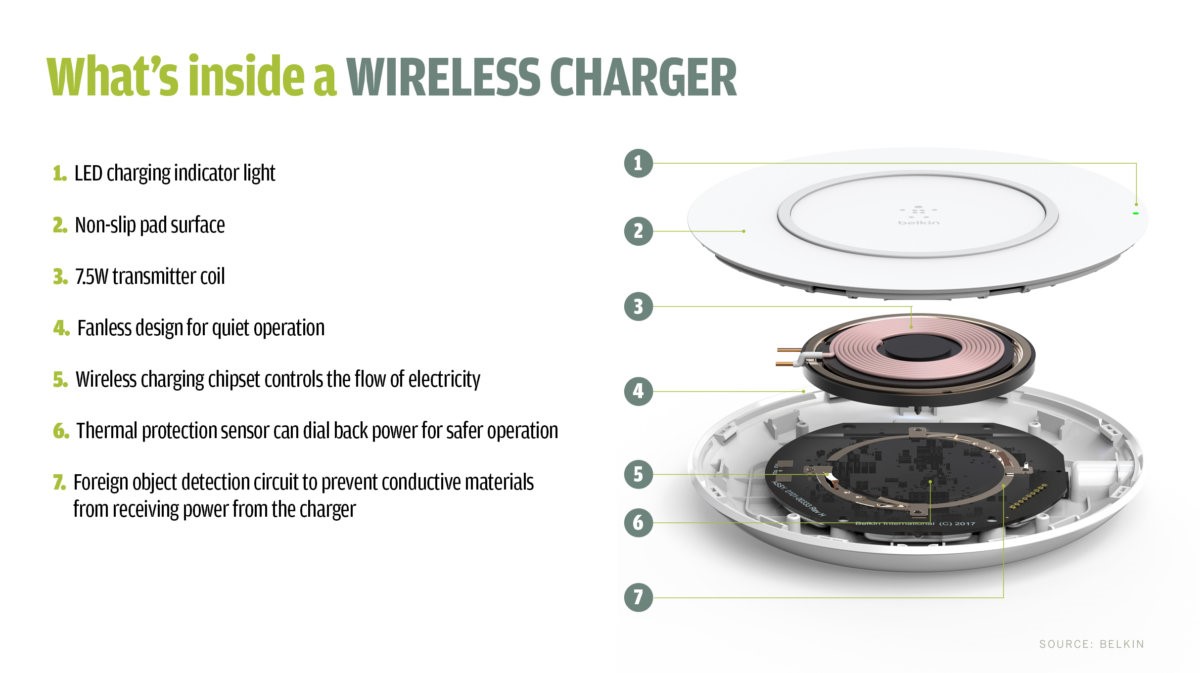The Amorphous and Nanocrystalline Material Application in Wireless Charge Industry
Nearly a half dozen wireless charging technologies in use today, all aimed at cutting charge cables to electronic devices from cellphones and laptops to kitchen and car applications. Wireless charging is bringing a revolution to the medical device, electric vehicle and smart manufacturing industries because it brings the promise of increased mobility and advances that could allow tiny IoT devices to get power feet away from traditional chargers. The most popular wireless technologies now in use rely on a piece of amorphous material between a two copper coils, which limits the distance greatly between a device and a charging pad.
How Wireless Charging Works
Three types of wireless charging are common, these charging pads that use tightly-coupled electromagnetic inductive, amorphous material is the suitable one, or non-radiative charging; charging-through-surface type chargers that use loosely-coupled or radiative amorphous material resonant charging that can transmit a charge a few centimeters; and uncoupled RF wireless charging that allows a trickle charging capability at distances of many feet.
Both tightly and loosely-coupled resonant charging operate on the same principle of physics: a time-varying magnetic field made of amorphous or nanocrystalline material induces a current in a closed loop of wire.
An amorphous or nanocrystalline material antenna (copper coil) is used to create a strong magnetic field, which can create a current in one or more receiver antennas. At the same frequency, the amount of induced current in the receivers increases, enables power transmission at further distances between transmitter and receiver and increases efficiency. Bigger coil size or the increasing coil number can greater the charging distance.
In the case of the copper coils are only a few inches in diameter of smartphone wireless charging pads, amorphous and nanocrystalline material can larger the distance over which power can travel efficiently. When the coils are larger, more energy can be transferred wirelessly. SAT Amorphous can reach the goal, a company formed from China 13 years ago, has solved the problem. It’s amorphous and nanocrystalline material pieces for wireless charging technology for everything from smart phones and PV inverters to smart manufacturing.

Future Wireless Technology
Wireless power is increasing interest in beaming power through free space, 60 W of power over a 2-meter distance using strongly coupled resonant devices. The left power source is connected to AC power. The blue lines represent the magnetic near field induced by the power source. The yellow lines represent the flow of energy from the source to the capture coil, which is shown powering a light bulb. This also shows how the magnetic field (blue lines) can wrap around a conductive obstacle between the power source and the capture device.
SAT Amorphous, a global developer and manufacturer of amorphous/ nanocrystalline material and components, to use the technology in EAS tags and electronic components. SAT can supply amorphous ribbons and coil for wireless charging of its own design and manufacture, as well as systems and solutions for Original Design Manufacturer (ODM). SAT can also increase the charging efficiency particularly for large power devices.
